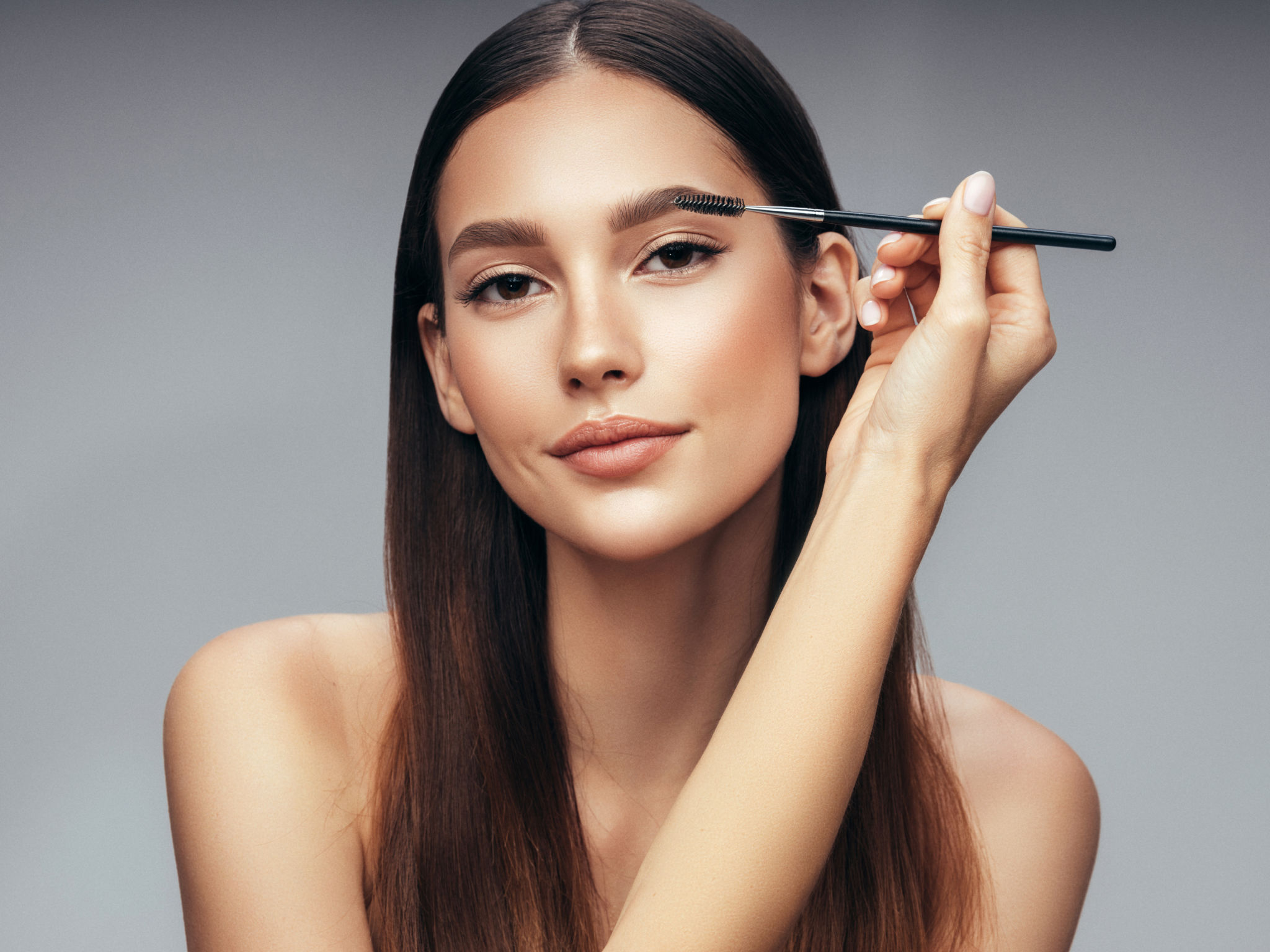Common Makeup Mistakes and How to Avoid Them
Understanding Your Skin Type
One of the most common makeup mistakes is using products that don't suit your skin type. Whether you have oily, dry, combination, or sensitive skin, choosing the right foundation and other products is crucial. A foundation meant for oily skin, for example, will not work well with dry skin and might emphasize flakes or dry patches.
To avoid this mistake, start by identifying your skin type. Once you know your skin's needs, select products specifically formulated for it. This will ensure a smoother application and a more polished look.

Skipping Primer
Another frequent mistake is skipping the primer step. Primer acts as a base for your makeup, helping it last longer and creating a smooth surface for application. Without it, makeup can settle into fine lines or slide off by the end of the day.
To avoid this issue, invest in a good primer that suits your skin type. Apply a small amount after your moisturizer and before your foundation for a flawless finish.
Overdoing the Foundation
Applying too much foundation is a common error that can result in a cakey look. The goal of foundation is to even out your skin tone, not to mask your entire face. Over-application can highlight imperfections instead of concealing them.
To prevent this, use a light hand when applying foundation. Start with a small amount and build up coverage only where necessary. Remember, less is often more when it comes to makeup.

Incorrect Concealer Use
Using the wrong shade or applying concealer incorrectly can draw attention to problem areas rather than hide them. A concealer that's too light can create an unnatural highlight effect, while one that's too dark can emphasize blemishes.
Choose a concealer that matches your skin tone for blemishes and one that is slightly lighter for under-eye circles. Blend well to ensure a seamless transition with your foundation.
Ignoring Eyebrows
Eyebrows frame your face and can significantly impact your overall appearance. Ignoring them or over-plucking can lead to an unbalanced look. Properly groomed brows can enhance your features and complete your makeup look.

Fill in any sparse areas with a pencil or powder that matches your natural brow color. Use a spoolie brush to blend the product and achieve a natural finish.
Neglecting to Set Your Makeup
Not setting your makeup is another common mistake that can lead to smudging and fading throughout the day. Setting powder or spray helps lock in your makeup, ensuring it stays put for longer periods.
To avoid this mistake, lightly dust setting powder over your T-zone or use a setting spray to keep everything in place. This step is especially important for those with oily skin or during hot weather.
Over-Contouring
Contouring has become popular, but overdoing it can create harsh lines and an unnatural look. The purpose of contouring is to subtly enhance your features, not completely alter them.

Use contour products sparingly and blend well to avoid harsh lines. Remember to apply it in natural shadow areas like under the cheekbones, jawline, and sides of the nose.
Poor Lip Liner Application
Lip liner can define lips and prevent lipstick from feathering, but using the wrong shade or applying it incorrectly can create an artificial look. A liner that's too dark can make lips appear smaller or overly defined.
Choose a lip liner that matches your lipstick for a seamless look. Outline your lips gently and fill them in before applying lipstick for longer-lasting color.